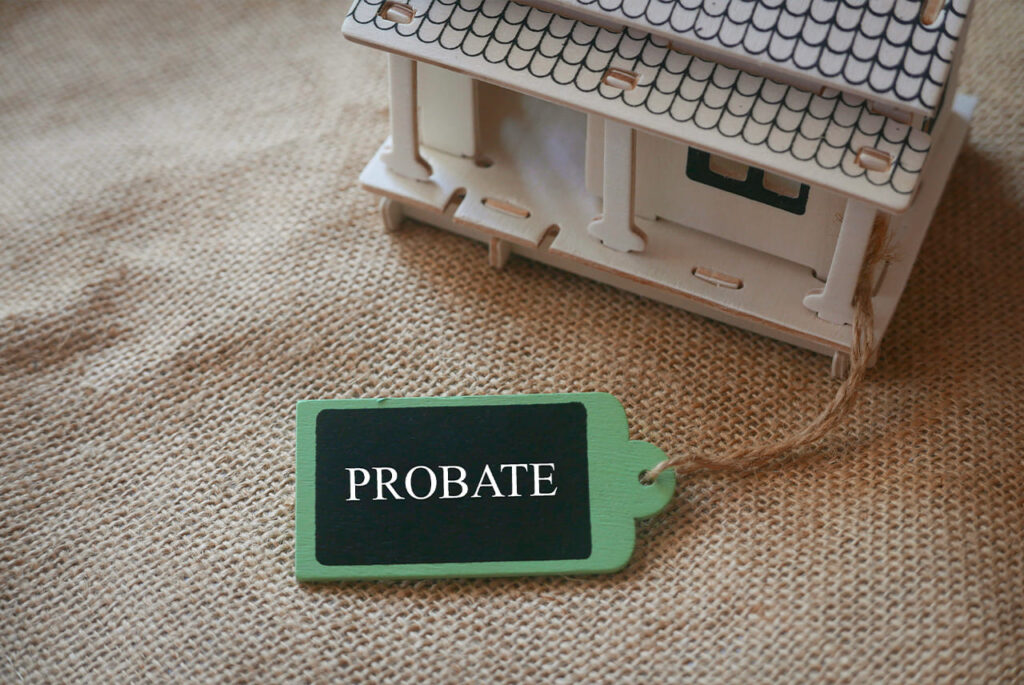When establishing a trust, one of the critical considerations for the settlor (the person creating the trust) is the level of control and discretion they wish to impose on how the trust assets are managed and distributed. Often, this is achieved through adding restrictive provisions or specific purposes into the trust instrument. While this can ensure that the settlor’s wishes are followed, it can also create complications or legal challenges. Below, we explore the benefits and potential dangers of including such provisions and how appointing a trust protector can mitigate some of the risks.

Benefits of Adding Restrictive Provisions into a Trust
1. Ensures Intent is Carried Out
Restrictive provisions are an effective way to ensure the settlor’s wishes are honored. By explicitly stating how assets should be used, for example, to fund education or limit distributions to certain beneficiaries under certain conditions, the settlor can feel confident that the trust will reflect their values and objectives.
2. Protects Beneficiaries
Restrictions can serve to protect beneficiaries from themselves. For example, placing restrictions on distributions based on age or requiring that the funds only be used for specific purposes like education, health, or buying a home can safeguard immature or financially irresponsible beneficiaries from squandering their inheritance.
3. Prevents Misuse of Trust Assets
Trust provisions can prevent misuse of trust funds, such as preventing distributions to beneficiaries who suffer from addiction, or making sure funds are not used for undesirable purposes, like gambling or luxury expenses. Such clauses reflect the settlor’s concerns and give greater assurance that the assets will not be wasted.
4. Long-Term Family Legacy
Some settlors wish for the trust assets to benefit multiple generations. Provisions restricting how and when assets are distributed can ensure that the trust endures over a long period, creating a lasting family legacy, especially in dynasty trusts.
Dangers of Adding Restrictive Provisions into a Trust
1. Lack of Flexibility
One of the greatest risks of adding too many restrictive provisions is that it can make the trust inflexible. Circumstances change over time—beneficiaries may face unexpected life challenges, financial needs may shift, or economic conditions may alter the value of the trust assets. If the provisions are too rigid, it may prevent trustees from making distributions that would otherwise be in the best interests of the beneficiaries.
2. Increased Risk of Litigation
Restrictive provisions can lead to disputes between beneficiaries and trustees. For example, if beneficiaries feel the restrictions are unfair or are not being interpreted correctly, they may challenge the trustee’s decisions. This could result in costly litigation that diminishes the value of the trust and creates unnecessary conflict.
3. Unintended Consequences
Sometimes, restrictive provisions can have unintended consequences. For example, limiting distributions to only education might prevent a beneficiary from accessing funds for medical expenses or emergencies. Even well-meaning provisions may fail to anticipate all potential scenarios, creating challenges that frustrate the settlor’s broader intent.
4. Difficulty in Managing Complex Provisions
If the trust includes numerous or very specific restrictions, it can place a significant burden on the trustee, who must navigate these provisions while ensuring they comply with fiduciary obligations. This complexity may also lead to misinterpretation or mistakes, increasing the likelihood of disputes and unintended outcomes.
The Role of a Trust Protector in Mitigating the Risks of Restrictive Provisions
One way to mitigate the potential risks associated with restrictive provisions is by appointing a trust protector. A trust protector is an independent third party who is given specific powers over the trust, typically to ensure the settlor’s intent is being carried out properly and to address unforeseen circumstances.
How a Trust Protector Can Help
1. Amending Provisions as Circumstances Change
A trust protector can be granted the power to modify restrictive provisions if unforeseen circumstances arise that make the original terms impractical or contrary to the settlor’s broader intent. For example, if economic conditions change dramatically or if a beneficiary faces a life-altering event, the trust protector can adjust provisions to reflect new realities.
2. Mediating Disputes
In cases where beneficiaries and trustees disagree over the interpretation or application of restrictive provisions, a trust protector can step in to mediate disputes and provide a neutral perspective. This can help avoid costly litigation and ensure that the trust continues to operate smoothly.
3. Removing or Replacing Trustees
If the trustee is not managing the trust properly or adhering to the restrictive provisions as intended, the trust protector may have the power to remove and replace the trustee. This ensures that there is a check on the trustee’s power and that the settlor’s intent is respected.
4. Greater Flexibility Without Losing Control
By appointing a trust protector, the settlor can achieve a balance between having control through restrictive provisions and allowing for some flexibility in how those provisions are implemented. The trust protector provides oversight and can adjust the trust terms as necessary without deviating too far from the original intent.
5. Ensuring Long-Term Trust Management
Trust protectors can provide stability over the long term, especially in cases where a trust is designed to last multiple generations. By allowing a trust protector to adjust the provisions over time, the settlor can ensure that their wishes continue to be relevant and effective as family dynamics and circumstances evolve.
Adding restrictive provisions and purposes to a trust can provide important protections and ensure that the settlor’s wishes are respected. However, it is essential to recognize that these provisions may also create rigidity, lead to disputes, or result in unintended consequences. Appointing a trust protector is a valuable tool for balancing the need for control with the need for flexibility. By empowering a neutral third party to adjust the trust provisions as needed, mediate disputes, and ensure the trust operates smoothly, the settlor can have peace of mind knowing their legacy will be protected while adapting to the challenges that may arise over time.
When drafting a trust, careful consideration should be given to the types of restrictions included, and working with an experienced attorney such as Schwartsman Law Group can help ensure the trust is designed to meet the settlor’s goals without creating unnecessary problems.


